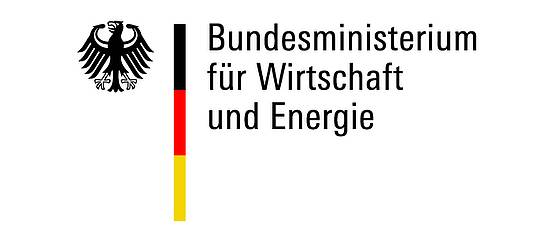Rainwater management for a good microclimate
As a pioneering land development project, the newPark also sets new standards in urban planning with regard to modern rainwater management. In times of climate change and increasingly frequent extreme weather conditions, this has long been more than just a technical issue for urban planners and engineers. Rather, intelligent rainwater management will bring very tangible benefits for the people who work in the newPark and perhaps also spend part of their leisure time there. It will increase the quality of their stay and improve the microclimate.
Specifically, rainwater from the roof surfaces on the properties is used or infiltrated. Extensively greened roofs of the administrative buildings and partly also of the industrial halls already absorb part of the rainwater. The remaining rainwater must be infiltrated into swales or green areas on the private properties. This already significantly reduces the amount of rainwater that flows unused into the sewage system, which will relieve it in particular during heavy rainfall events.
Microclimate and climate adaptation
The high proportion of unsealed green and open spaces, as many green roofs as possible and the correspondingly high infiltration of rainwater on these surfaces will lead to a significantly higher evaporation of water with a corresponding cooling effect in summer. This measurably and noticeably counteracts the development of summer heat islands. The newPark thus anticipates climate change and fulfills essential requirements for climate-adapted urban planning of the future.
Sources: Report ‘Fortschreibung des städtebaulichen Rahmenplans’, Planungsgruppe Berlin GmbH/Christine Edmaier; Report ‘newPark – Visionen und Gestaltungsleitlinien’, Freie Planungsgruppe Berlin GmbH/Christine Edmaier und Mueller und Partner




